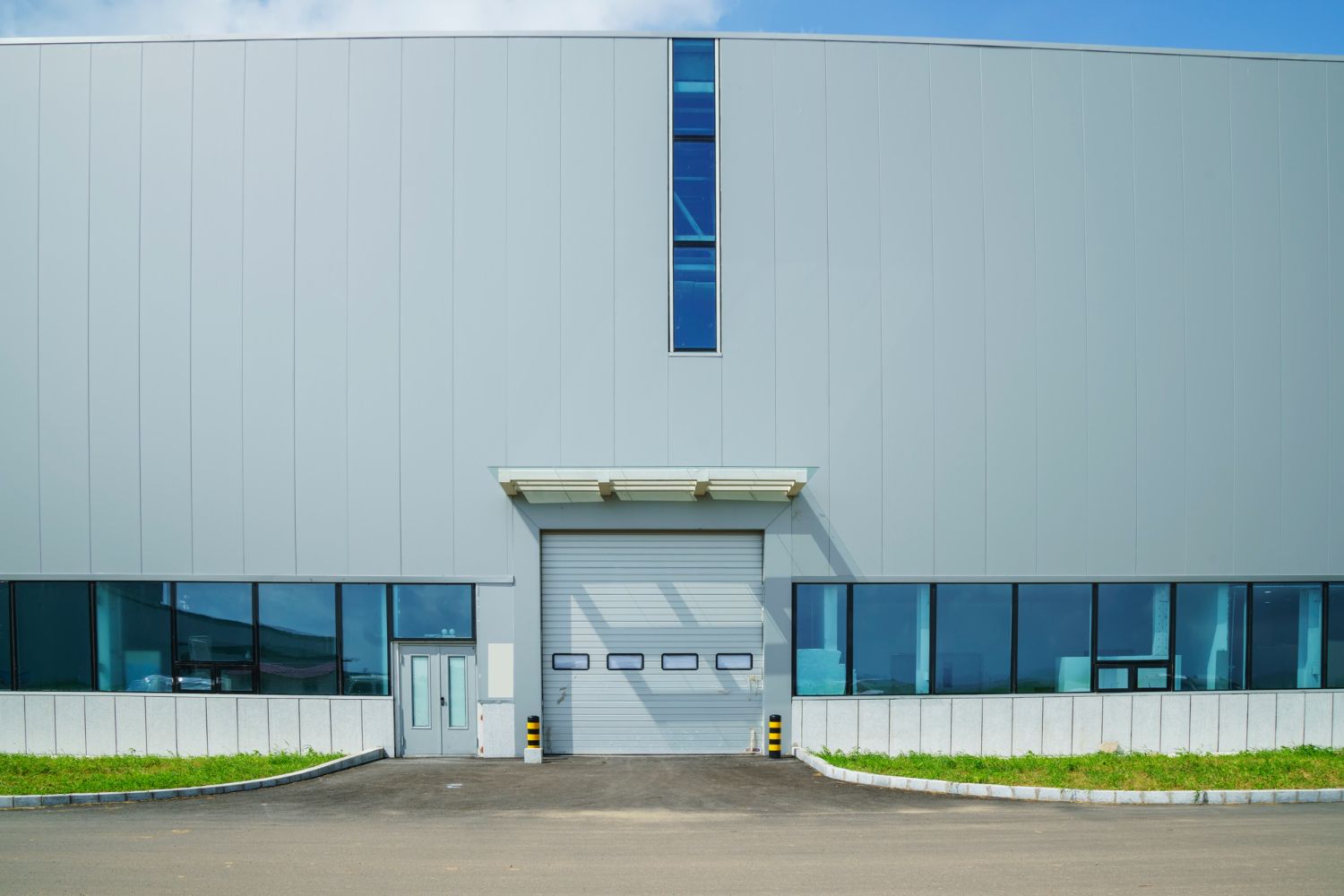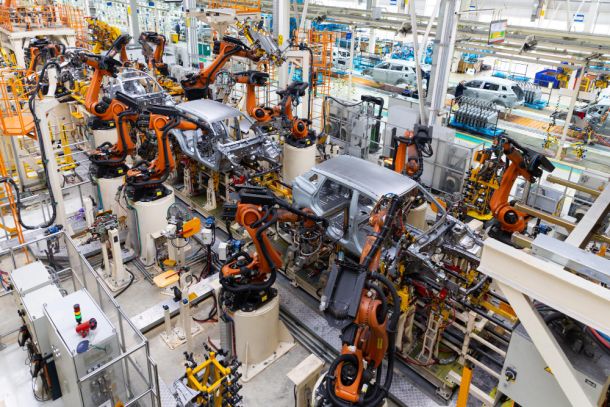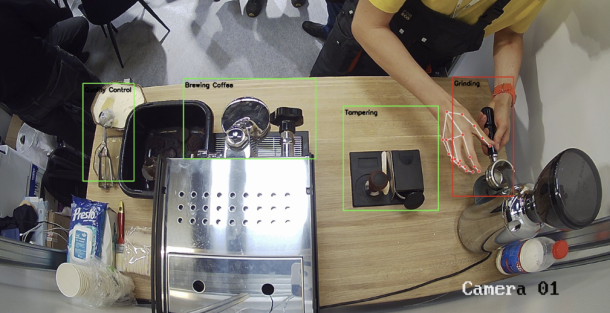Top 5 Safety Concerns in Manufacturing: Essential Hazards to Address
The manufacturing industry, a vital part of the global economy, is fraught with various safety hazards that can lead to serious injuries or fatalities if not properly managed. Here are the top five safety hazards in the manufacturing industry, along with strategies for mitigating these risks.
1. Falls from Height
Falls from height continue to be one of the most significant safety concerns in manufacturing. According to the Bureau of Labor Statistics (BLS USA), falls, slips, and trips resulted in 865 fatalities in the workplace in 2022. These incidents often occur due to unguarded edges, improper use of ladders, and inadequate fall protection systems. To mitigate this risk, employers should:
- Ensure proper use of personal protective equipment (PPE), such as harnesses and guardrails.
- Conduct regular safety training and drills.
- Implement comprehensive fall protection plans and routinely inspect equipment.
2. Electrical Hazards
Electrical hazards are another major concern, with risks ranging from electric shocks to arc flashes and fires. The Occupational Safety and Health Administration (OSHA USA) reports that electrocutions are among the top four causes of fatalities in the construction industry, which shares many safety challenges with manufacturing. Effective measures to reduce electrical hazards include:
- Regular maintenance and inspection of electrical equipment.
- Ensuring all electrical installations comply with national standards.
- Providing workers with appropriate PPE and training them in electrical safety procedures.
3. Inadequate Machine Guarding
Machines are essential in manufacturing but can be extremely dangerous if not properly guarded. The lack of appropriate machine guarding can lead to severe injuries, including amputations, lacerations, and crushing incidents. According to OSHA, inadequate machine guarding is one of the most frequently cited violations. To enhance machine safety:
- Install appropriate guards on all machinery.
- Train employees on the safe use of machines and the importance of machine guarding.
- Regularly inspect and maintain all machine guards.
4. Inadequate Maintenance
Proper maintenance is crucial for preventing equipment failures that can lead to accidents. Neglected maintenance can result in machinery malfunctions, leading to workplace injuries and costly downtime. A report by the International Society of Automation (USA) indicates that unplanned downtime costs manufacturers an estimated $50 billion annually. Effective maintenance strategies include:
- Implementing a preventive maintenance schedule.
- Conducting regular inspections and repairs.
- Keeping detailed maintenance records to identify recurring issues.
5. Lockout/Tagout Failures
Lockout/Tagout (LOTO) procedures are critical for ensuring that machines are properly shut off and not unexpectedly started during maintenance or servicing. OSHA estimates that proper LOTO practices prevent approximately 120 fatalities and 50,000 injuries annually. To ensure effective LOTO procedures:
- Provide comprehensive LOTO training for all employees.
- Ensure that all machinery is equipped with the necessary lockout/tagout devices.
- Regularly audit LOTO procedures to ensure compliance and effectiveness.
Conclusion
Addressing these top safety hazards is essential for creating a safer manufacturing environment. By implementing comprehensive safety programs, conducting regular training, and maintaining strict adherence to safety regulations, manufacturers can significantly reduce the risk of accidents and enhance overall productivity. Investing in safety not only protects employees but also contributes to the long-term success of the organization.












